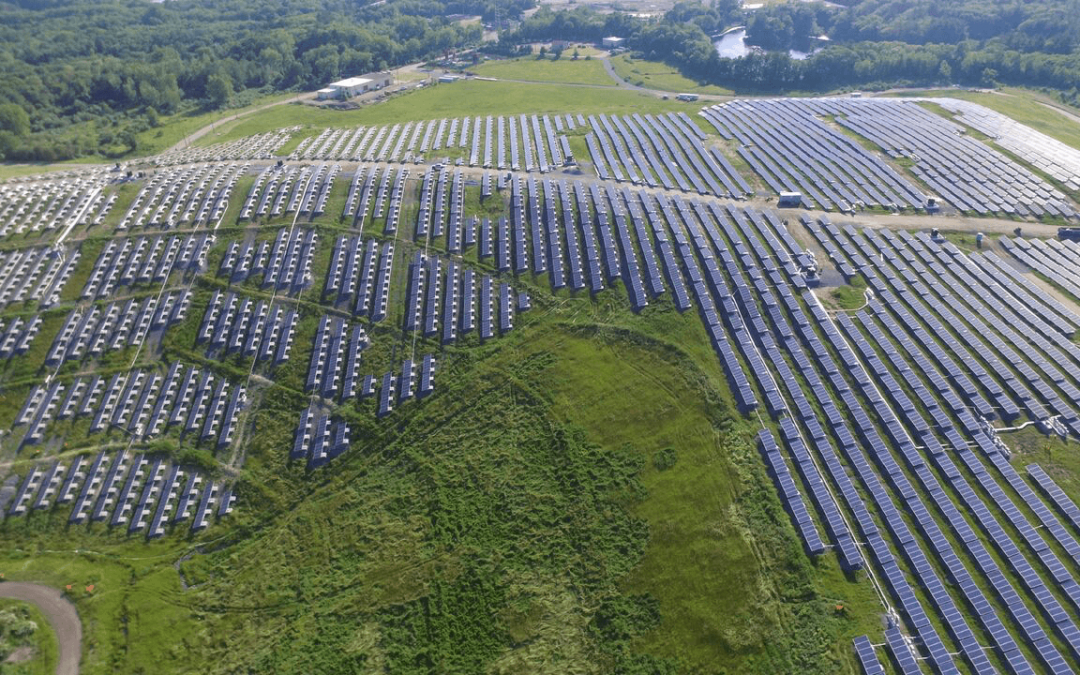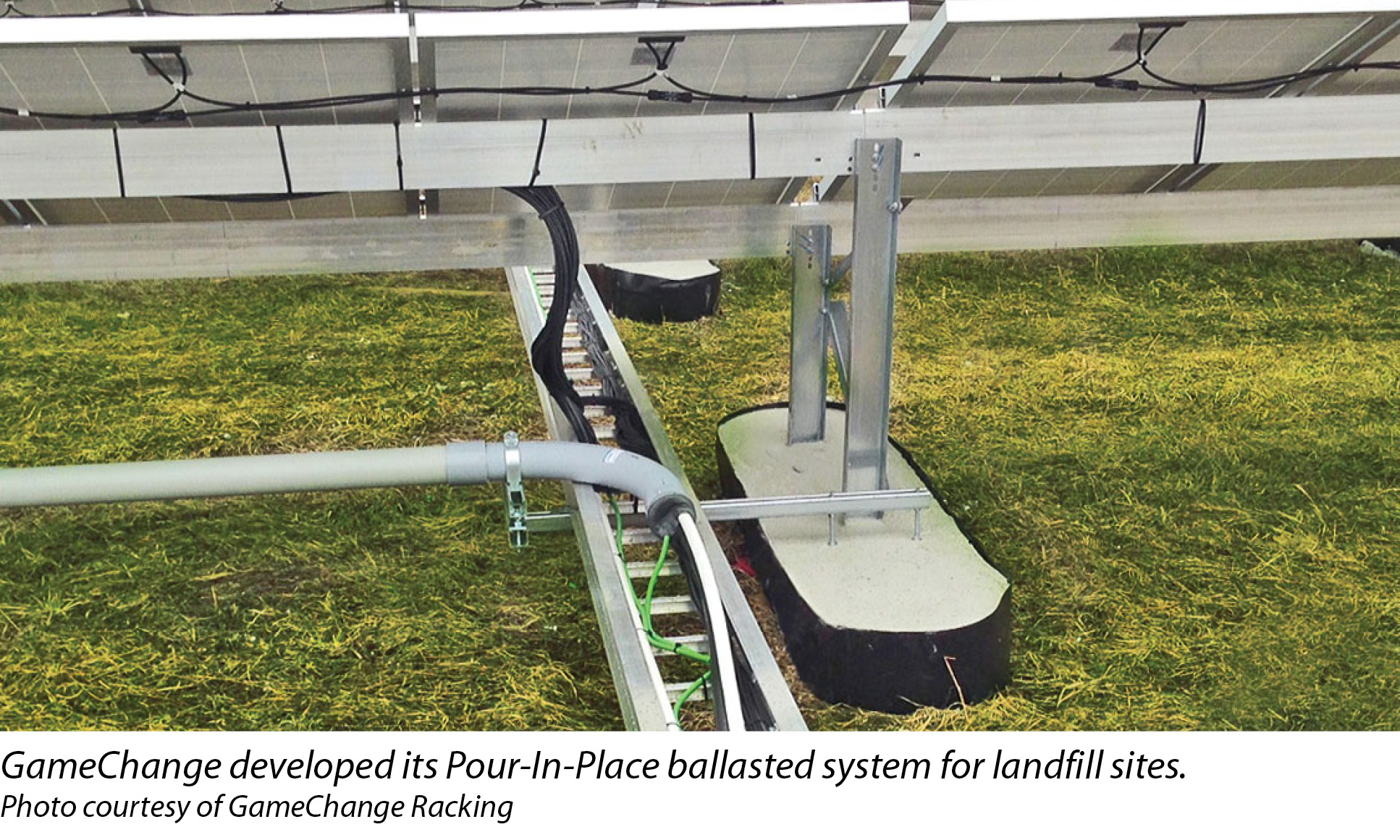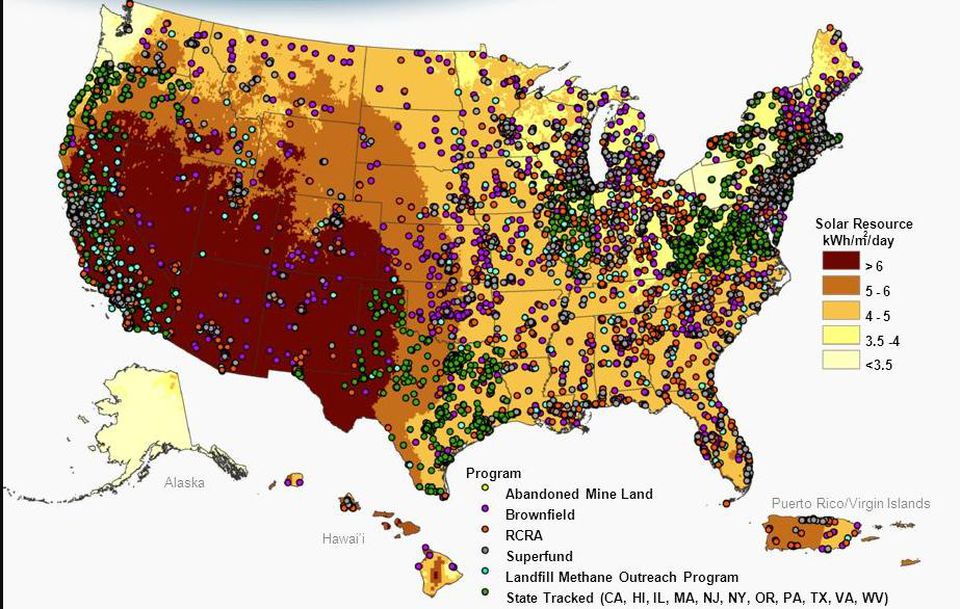In Massachusetts, owners of landfill and brownfield sites are poised to cash in by leasing their unused properties for the development of solar projects. With the new SMART solar program coming out in Massachusetts later this year, the future looks bright for solar brownfield development in the state.
Brownfield sites are properties which were previously contaminated (usually by industry) and then “cleaned up” through a highly-regulated process. Generally, when a brownfield site is remediated, the ground beneath it must not be disrupted for many years and sometimes indefinitely. The reason for this is because the land may still have contaminants in the soil. Such a property is perfect for ground-mounted solar projects because it would be very difficult to use such a property for anything else. State regulators and environmental protectionists look favorably on putting solar on a landfill or brownfield sites because it eliminates the issue of “resource conflict.” That means that solar projects developed on landfill and brownfield sites can get approved and fully permitted because most environmental groups and regulators think that developing solar on contaminated land, such as a Superfund site, represents best possible use of the land.
The development of solar projects on brownfield and landfill sites is relatively straightforward, because the solar panel racking does not require penetration into the ground. Instead, brownfield and landfill solar installations use what is known as “ballasted ground mounted solar arrays.” Gamechange Solar, an American company, has developed an excellent ballasted racking system which work perfectly on landfills. Installing solar can convert a toxic brownfield into a solar “brightfield.”
So what are some of the benefits of putting solar on a brownfield or landfill site? From the property owner’s perspective, the key issue is the probability that the project will get approved. Since it’s not really possible to use a landfill or brownfield land parcel for any profitable endeavor, solar represents the best use of the land with a reasonable rate of return. Brownfield solar does not require clear-cutting forest – an issue which can result in backlash from local environmental groups. Most remediated brownfield and landfill sites are free of trees, which makes them ideal for solar arrays. From the perspective of a municipality, allowing solar to be installed on a brownfield helps generate additional property tax revenue – and that matters in the Northeast, where many cities and towns are losing state-level fiscal support.
Owners of brownfield and landfill sites in Massachusetts can learn more about leasing or selling their land here. In Massachusetts, contracts to lease land for solar are usually for 20 years, so it can be a good way to supplement your income over a very long period of time.





